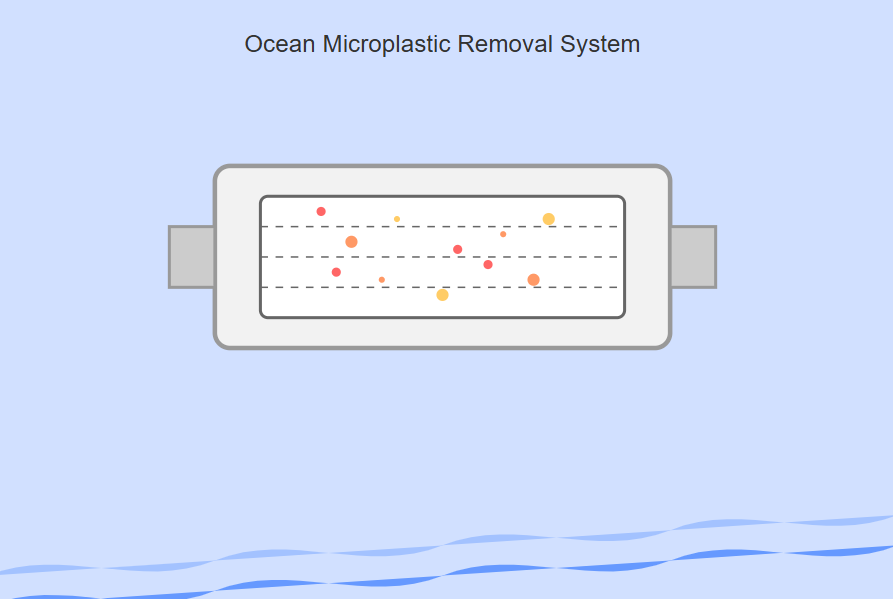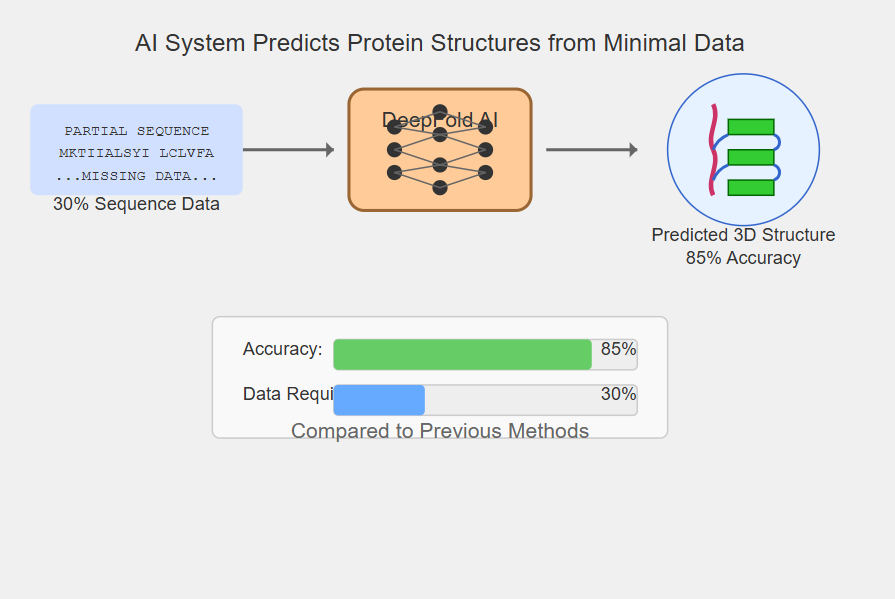
Chinese researchers have developed NEO, a wireless, minimally invasive brain-computer interface system designed to restore hand mobility in individuals with paralysis. Clinical trials have shown promising results, with participants regaining the ability to perform daily tasks independently after using the device. Interesting Engineering
Brain-Computer Interface Restores Mobility
The field of neuroscience and technology has seen a groundbreaking advancement with the development of Brain-Computer Interfaces (BCIs). These systems have the potential to restore mobility for individuals with paralysis, spinal cord injuries, or neurological disorders. By directly connecting the brain to external devices, BCIs allow users to control prosthetics, exoskeletons, or even their own muscles through neural signals.
How Brain-Computer Interfaces Work
BCIs function by decoding electrical signals from the brain and translating them into actionable commands. The process typically involves:
- Signal Acquisition – Electrodes placed on or inside the brain detect neural activity.
- Signal Processing – Advanced algorithms interpret the brain signals and extract meaningful patterns.
- Device Control – The processed signals are sent to an external device such as a robotic limb, wheelchair, or stimulator that enables movement.
- Feedback Mechanisms – Some BCIs incorporate sensory feedback, allowing users to feel pressure, temperature, or motion.
Recent Advances in BCI Technology
- Neural Implants: Companies like Neuralink and academic researchers have developed implantable BCIs that offer high precision in decoding brain signals.
- Non-Invasive Solutions: Electroencephalography (EEG)-based BCIs provide external methods of control without requiring surgery.
- AI Integration: Machine learning algorithms improve the accuracy and speed of translating neural signals into movement.
- Wireless BCIs: Cutting-edge wireless technology eliminates the need for cumbersome cables, improving accessibility and comfort for users.
Real-World Applications
BCIs have already demonstrated remarkable success in restoring mobility. Some notable applications include:
- Restoring Limb Movement: Patients with spinal cord injuries have regained the ability to control robotic arms or even reanimate their own muscles via electrical stimulation.
- Exoskeletons for Paralyzed Individuals: Brain-controlled exoskeletons allow paraplegic patients to walk again by translating neural activity into motor commands.
- Smart Wheelchairs: BCI-enabled wheelchairs provide enhanced mobility for individuals with severe disabilities.
- Communication for Locked-In Patients: Patients with conditions like ALS can use BCIs to communicate by selecting words or phrases using only their thoughts.
Challenges and Future Prospects
While BCIs hold immense promise, challenges remain, including:
- Signal Accuracy and Noise Reduction: Decoding brain signals with high accuracy remains a challenge due to interference and variability.
- Ethical and Privacy Concerns: The ability to read and interpret brain activity raises questions about data privacy and security.
- Cost and Accessibility: Advanced BCI technology is expensive, limiting widespread adoption.
- Long-Term Safety: The impact of long-term BCI use, especially invasive implants, requires further research.
Looking ahead, advancements in neurotechnology, AI, and miniaturization will likely make BCIs more effective, accessible, and user-friendly. As research progresses, brain-computer interfaces may redefine mobility, offering newfound independence to millions of individuals worldwide.






